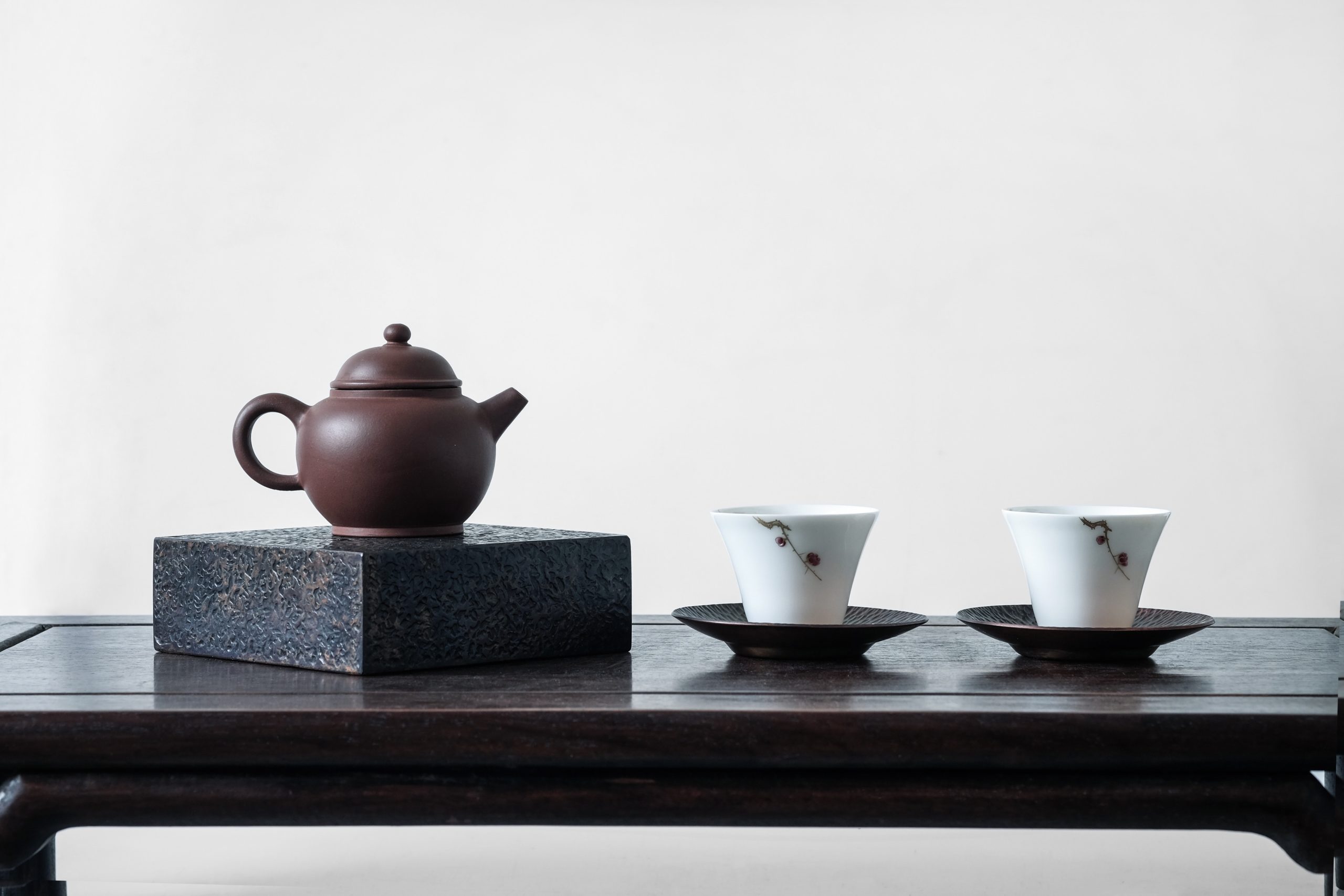الابتكار، الدهشة، العزيمة، والمنافسة: من ولادة سفينة الشاي السريعة إلى سباق الشاي.

سلسلة سفن الشاي السريعة، التي بدأت مع الويسكي “Cutty Sark”، تستكشف كيف صدمت سفن الكليبر، التي وُلدت في أمريكا، بريطانيا وتطورت في نهاية المطاف إلى سباق الشاي التنافسي. ستتناول هذه المقالة تسلسل هذا التطور.
المقالات السابقة في سلسلة سفن الشاي السريعة هي كما يلي:
- العلاقة بين الويسكي “Cutty Sark” والشاي
- لنبني سفينة كبيرة وسريعة للشاي! سفينة “كليبر” المولودة من الحماقة
تم بناء سفينة الشاي السريعة “كليبر” من حماقة اثنين من الأمريكيين. بين عامي 1833 و1849، أدى تحرير التجارة وتوقيع معاهدات تجارية بين الصين والعديد من الدول وإلغاء قوانين الملاحة إلى تقدم سريع في المنافسة التجارية الحرة. امتدت هذه المنافسة إلى تجارة الشاي مع الصين، التي كانت في السابق تحت احتكار بريطانيا.
في عام 1850، غادرت سفينة “Oriental” السريعة والكبيرة، التي تم بناؤها في أمريكا، من هونغ كونغ ووصلت إلى بريطانيا في نصف الوقت الذي استغرقته السفن البريطانية، مما أذهل البريطانيين. تم شراء شحنة الشاي الخاصة بـ”Oriental” بسعر مضاعف مقارنةً بالشاي الذي حملته السفن البريطانية، وطالب مالك السفينة بسعر شحن يُعادل ثلثي تكلفة البناء، وتم دفعه.
كانت هذه لحظة شهد فيها البريطانيون الابتكار الذي حدث في عالم الشاي وأُصيبوا بالدهشة.

ومع ذلك، كان للبريطانيين كبرياؤهم أيضًا. ونتيجة لذلك، تم بناء سفن كليبر بريطانية، تحاكي سفن الكليبر الأمريكية. ومع زيادة عدد سفن الشاي السريعة، تطورت المنافسة على نقل الشاي من الصين إلى بريطانيا بسرعة إلى “سباق الشاي.” وكعادة البريطانيين، كان سباق الشاي مصحوبًا بأندية مشجعين، مراهنات، وجوائز مالية.
كانت الابتكارات في نقل الشاي مدفوعة بالأفكار الغريبة، التجارة الحرة، الكبرياء، والمال. كان الجو والطاقة المحيطة بالشاي في تلك الحقبة ديناميكيًا بشكل مذهل.
حتى عندما تزدهر الابتكارات وتصل إلى ذروتها، تظهر ابتكارات جديدة في النهاية. ستتراجع الحقبة المذهلة لسفن الكليبر وسباق الشاي بسبب ظهور ابتكارات جديدة. في الجزء القادم، سنقدم الابتكارات الجديدة وتراجع حقبة سفن الكليبر.
المراجع:
1) إيسوبوتشي تاكيشي، “التاريخ العالمي لفنجان الشاي”، بونجيشونجو، أغسطس 2005، الصفحات 103-107.
2) بياتريس هوهينيجر، “الشاي: المشروب الذي غير العالم”، ترجمة نوريوكي هيراتا، هاكوسويشا، فبراير 2010، الصفحات 170-173.





